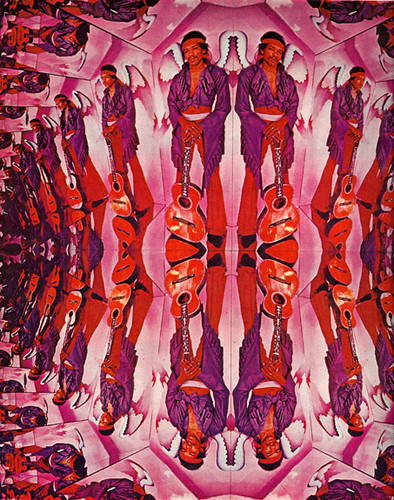
The world of rock music has always been fueled by the extraordinary talent and electrifying presence of its greatest stars. These are the artists who didn’t just play notes; they pushed boundaries, redefined entire genres, and created sonic landscapes that would forever echo in the cultural consciousness. Their influence is so profound that even decades after their final chords faded, their work continues to inspire new generations and shape the music we listen to today.
Sadly, for some of these iconic figures, their time in the spotlight was tragically cut short, leaving behind a void that, in many ways, can never truly be filled. Yet, the music they created, the performances they delivered, and the indelible marks they left on the tapestry of pop culture ensure that their legacies remain vibrant and powerful. Their stories serve as poignant reminders that true legends, even when gone, are never forgotten.
In this deeply felt exploration, we journey through the lives and groundbreaking achievements of fourteen such artists—luminaries whose premature departures left the world reeling, but whose artistic contributions continue to command attention and respect, proving that their spirit and sound are truly timeless. We honor these titans of music, beginning with those who ignited the fires of grunge, redefined the electric guitar, and broke barriers for women in rock, solidifying their place in history long before their final bows.
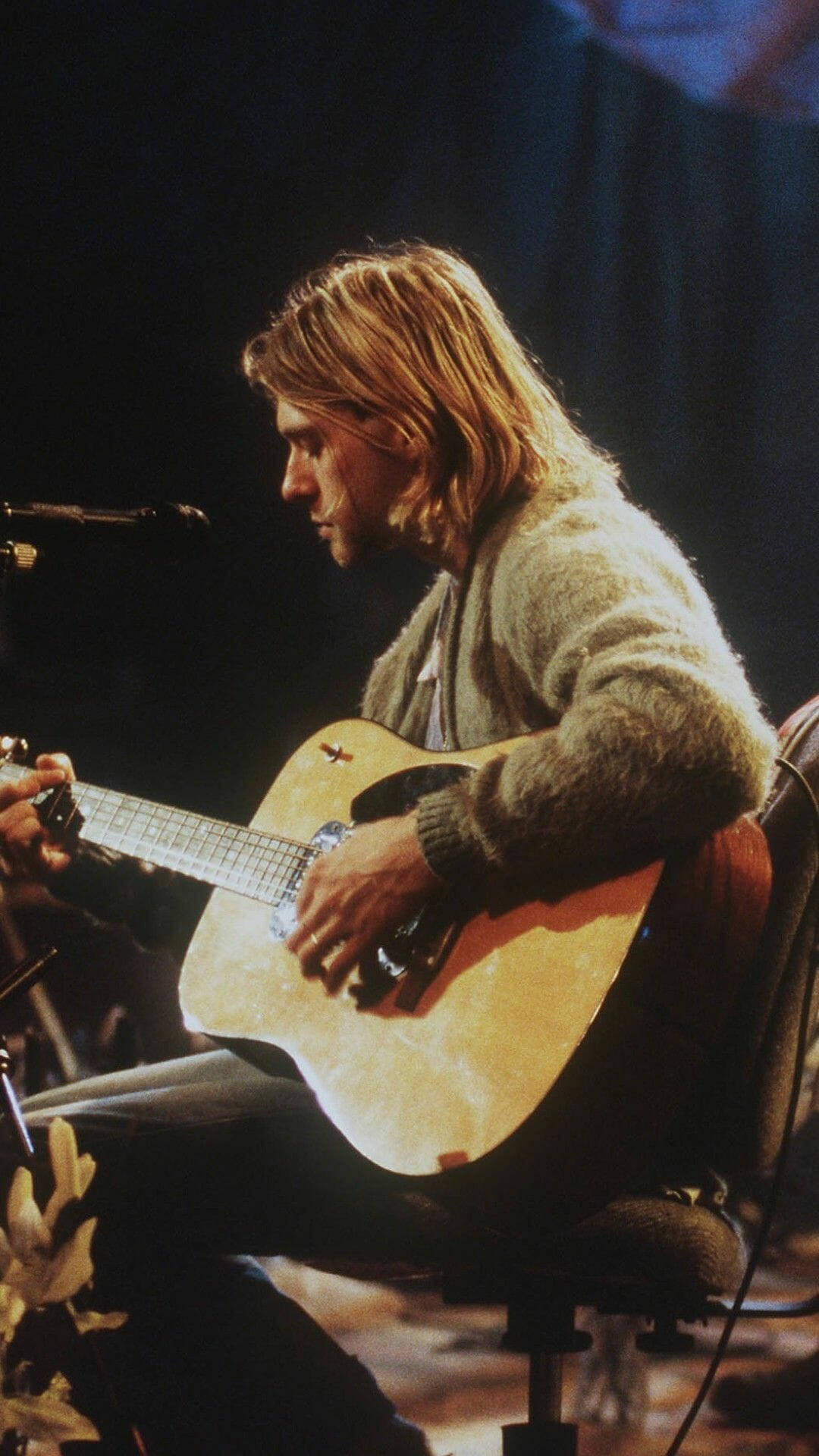
1. **Kurt Cobain (1967-1994)**Kurt Cobain stands as one of the most influential figures in the history of rock music, a reluctant icon whose raw talent and unfiltered emotion reshaped the sound of a generation. As the lead singer, guitarist, and primary songwriter of Nirvana, a band formed in Aberdeen, Washington, in 1987, he spearheaded the grunge movement, injecting a much-needed jolt of angst and authenticity into the mainstream. His work, though brief, fundamentally changed the course of music history, resonating with a disaffected youth who found their voice in his melodic yet abrasive compositions.
Nirvana’s music, characterized by its dynamic shifts from quiet introspection to explosive power, offered a visceral reflection of the anxieties and frustrations of the early 90s. Cobain’s distinctive vocal style, often shifting between a melodic croon and a guttural scream, combined with his poignant and often cryptic lyrics, created a unique artistic identity that defied easy categorization. His artistry was a mirror held up to a complex world, and listeners responded with an intensity that propelled Nirvana to global superstardom.
Tragically, Cobain’s life was cut short on April 5, 1994, when he passed away at the age of 27 from a self-inflicted gunshot wound. His death sent shockwaves through the music world and cemented his status as a tragically fallen angel for Generation X. Despite the brevity of his career, his impact remains profound, continuing to inspire artists and fans worldwide and ensuring that Nirvana’s influence on music and culture is still felt today, a testament to the enduring power of his artistic vision.
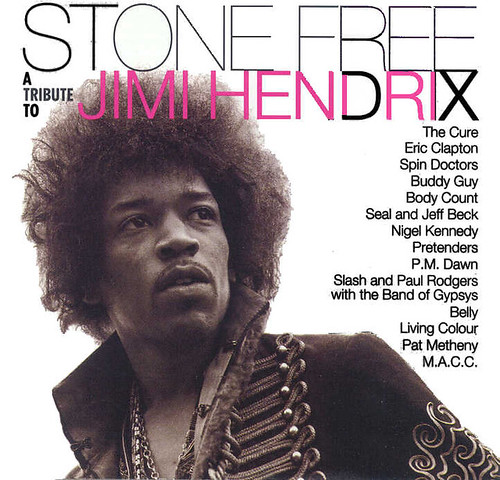
2. **Jimi Hendrix (1942-1970)**Jimi Hendrix remains widely considered one of the greatest and most influential guitarists in the history of rock music, a true revolutionary whose innovative spirit changed the very fabric of the genre. His command of the electric guitar was nothing short of legendary, pushing the instrument to its absolute limits and redefining what it could be. Hendrix was a fearless innovator, crafting sounds and techniques that had never been heard before, all while maintaining a magnetic and electrifying stage presence that captivated audiences.
His unique approach to the guitar – a blend of blues, rock, soul, and psychedelic elements – created a bombastic and experimental sound that was both virtuosic and deeply emotional. From the spring 1967 release of his first studio LP, *Are You Experienced?*, to his death just three short years later, he became the benchmark against which all other guitar gods would be measured. Rage Against the Machine’s Tom Morello once lauded his playing as effortless, noting, “There’s not one minute of his recorded career that feels like he’s working hard at it – it feels like it’s all flowing through him.”
Hendrix was capable of both hard-rocking pyrotechnic displays, such as setting his guitar ablaze at Monterey Pop Festival, and the most touching meditations, as heard in “Castles Made of Sand.” His final album, *Band of Gypsys*, showcased his exploration into funk, demonstrating his boundless musical curiosity. Tragically, a year after his searing, psychedelic rendition of “The Star-Spangled Banner” at Woodstock, Hendrix was found dead on September 18, 1970, at the age of 27, having ostensibly choked on his own vomit after taking barbiturates. Officials deemed it accidental, though suicide was not ruled out. His legacy, however, remains an unparalleled source of inspiration for generations of six-string players, his secret relationship with the guitar, as John Mayer put it, producing “color” that has influenced musicians ever since.

3. **Janis Joplin (1943-1970)**Janis Joplin was a pioneering figure in rock and blues, a force of nature who broke through the male-dominated music scene with an astonishing white-light vocal attack and a mighty appetite for life. She bushwhacked through a buttoned-down and sexist culture with no script, armed only with her raw desire, palpable pain, and an authentic, powerful voice. Joplin paved the way for other female rock stars, proving unequivocally that women could dominate the stage with a power, passion, and authenticity equal to any male rock artist.
Known for her powerful voice and electric stage presence, Joplin became a star with Big Brother and the Holding Company following their spectacular appearance at the Monterey Pop Festival. She then embarked on a solo career, forming her own band and completing her first solo LP, *Got Dem Ol’ Kozmic Blues Again Mama!* Her performances were an unbridled outpouring of emotion, a direct channel to the deepest parts of her soul that resonated profoundly with audiences. Rosanne Cash eloquently stated, “She held nothing back. She went to the edge every time she opened her mouth.”
Working on a follow-up album in 1970, Janis Joplin tragically died on October 4, 1970, from a heroin overdose at the young age of 27. She was found alone in room #105 of the Landmark Motor Hotel in Hollywood, just two weeks after Jimi Hendrix’s death. Though she hadn’t fully completed it, her posthumous album *Pearl*, featuring “Me and Bobby McGee” (her only #1 single) and “Mercedes Benz” (the last song she ever recorded), became her great crossover success. Her impact is firmly woven into the foundation of rock music, and her legacy continues to inspire future generations of artists, a fierce and beautiful bright light that burned out far too quickly.
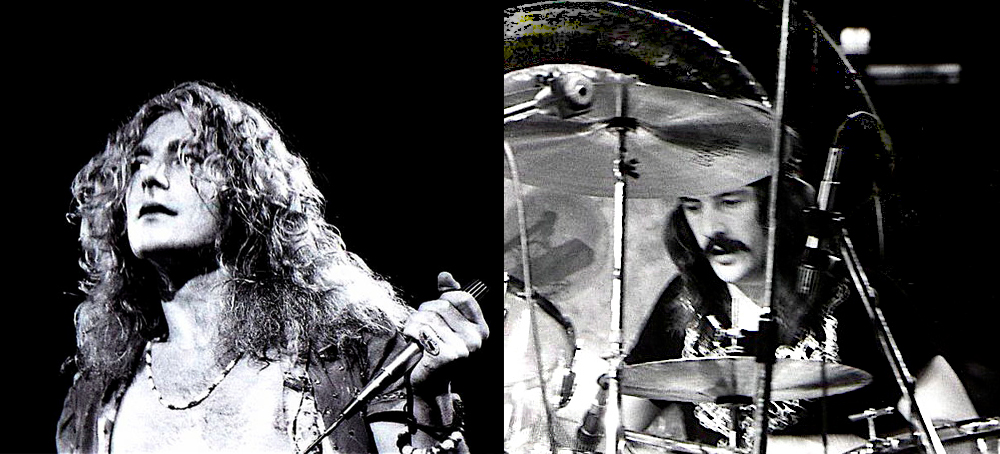
4. **John Bonham (1948-1980)**John Bonham was the legendary drummer of the English rock band Led Zeppelin, a colossal talent widely regarded as one of the greatest drummers in the history of rock music. Known for his incredible stamina, creativity, and speed, Bonham left an indelible mark on the genre, fundamentally shaping the heavy sound of Led Zeppelin and countless bands that followed. His drumming was not merely accompaniment; it was a primal force, a backbone that drove the band’s massive sound, full of intricate rhythms and thunderous power.
Bonham’s powerful and innovative drumming style and his unforgettable sound continue to inspire drummers and musicians today. His approach to the kit was unique, blending elements of jazz, blues, and funk into a hard-rock context that was both technically brilliant and viscerally impactful. Jimmy Page, Led Zeppelin’s guitarist, once remarked on Bonham’s “amazing technique,” coupled with “the imagination to go with it,” citing the patterns in “Good Times Bad Times” that “still perplexes drummers” as proof of his unparalleled genius.
Tragically, John Bonham’s life was cut short on September 25, 1980, at just 32 years old. He died from pulmonary aspiration after inhaling his own vomit during his sleep, with excessive drinking contributing to his untimely death. The huge success of Led Zeppelin throughout the 1970s had given him endless opportunities to party and consume various substances, a lifestyle that ultimately caught up with him. His passing was a devastating blow to Led Zeppelin, leading to the band’s dissolution, but his powerful legacy as the ultimate rock drummer remains unchallenged.

5. **Buddy Holly (1936-1959)**Buddy Holly, with his distinctive suit and glasses, was the quintessential voice of the burgeoning rock and roll youth culture of the Fifties. As part of the Crickets and later as a solo artist, he embodied the vibrant, energetic spirit of the decade, crafting songs that would become anthems for a new generation. His unique vocal style and a string of hits like “Not Fade Away” and “It’s So Easy!” made him emblematic of an entire era, and his influence was profound and far-reaching, directly impacting the next wave of rock and roll stars.
Perhaps his most significant impact can be seen in the very formation of The Beatles. John Lennon and Paul McCartney bonded over their shared love of Holly’s music, attempting to imitate his songwriting style as they began to explore their own musical ambitions. McCartney openly admitted, “I used to write songs like Buddy,” noting that these attempts eventually led to early Beatles compositions like “Love Me Do.” Holly’s knack for catchy melodies, sophisticated arrangements, and a clean, direct approach to rock and roll served as a blueprint for countless musicians.
However, on February 3, 1959, the decade and Holly’s meteoric career came to a tragically sudden halt. The 22-year-old died in a plane crash alongside fellow stars the Big Bopper and Ritchie Valens. This devastating event was later immortalized by Don McLean in his signature hit “American Pie,” forever dubbing it “The Day the Music Died.” Despite his brief career, Buddy Holly’s innovative spirit and timeless songs ensure his place as a foundational architect of rock and roll, an artist whose legacy continues to resonate.
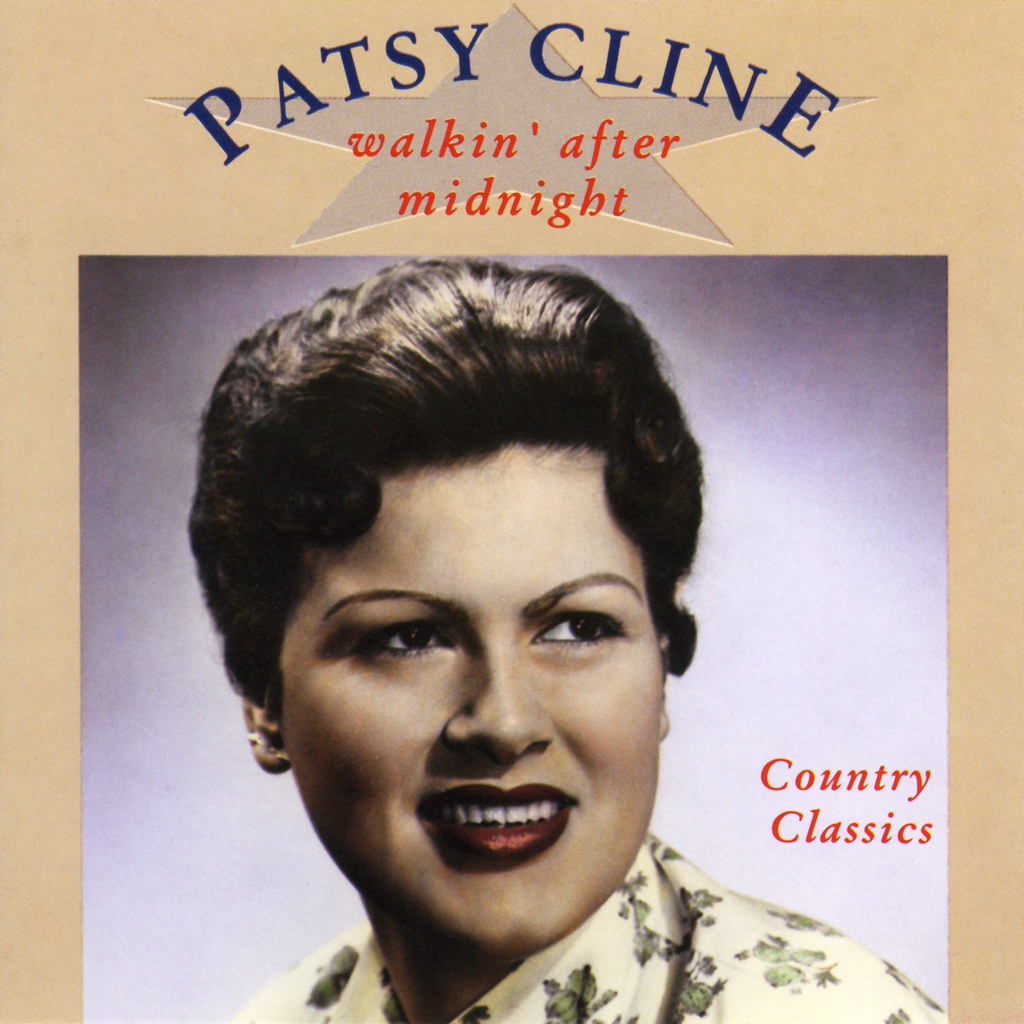
6. **Patsy Cline (1932-1963)**Patsy Cline, though she lived only a year and two months longer than Hank Williams, secured her legacy as one of the greatest vocal talents of the 20th century. Her unique artistry lay in her ability to fuse country charm with big-city boldness, delivered through a sterling voice that was equally adept at honky-tonk weepers and lushly orchestrated pop standards. Hits like “I Fall to Pieces,” “Walkin’ After Midnight,” and Willie Nelson’s “Crazy” accompanied her slow ascent to stardom, showcasing her unparalleled ability to convey deep emotion with remarkable clarity and control.
Her legend, far from diminishing, only flourished in the decades following her demise. Posthumous releases such as “Sweet Dreams (of You)” and “Faded Love” kept her in the spotlight, and in 1973, Cline made history by becoming the first solo female artist elected to the Country Music Hall of Fame, even ahead of genre-defining figures like Kitty Wells. This recognition underscored her monumental impact not just on country music, but on popular music as a whole, breaking barriers for women in the industry.
Cline’s timeless appeal has been sustained through various forms, including portrayals by Oscar nominees Beverly D’Angelo and Jessica Lange, and continuous airplay of her hits via jukeboxes and karaoke. Her *Greatest Hits* album achieved sales in excess of 10 million, earning a Guinness World Records spot for its chart longevity. Today, a Patsy Cline Museum in downtown Nashville houses memorabilia, celebrating her remarkable career. Over half a century after her tragic passing in a plane crash in Camden, Tennessee, at the age of 30, Cline remains a direct and long-lasting influence, with stylists like Reba McEntire, Kacey Musgraves, and LeAnn Rimes still finding inspiration in her inimitable vocal artistry.
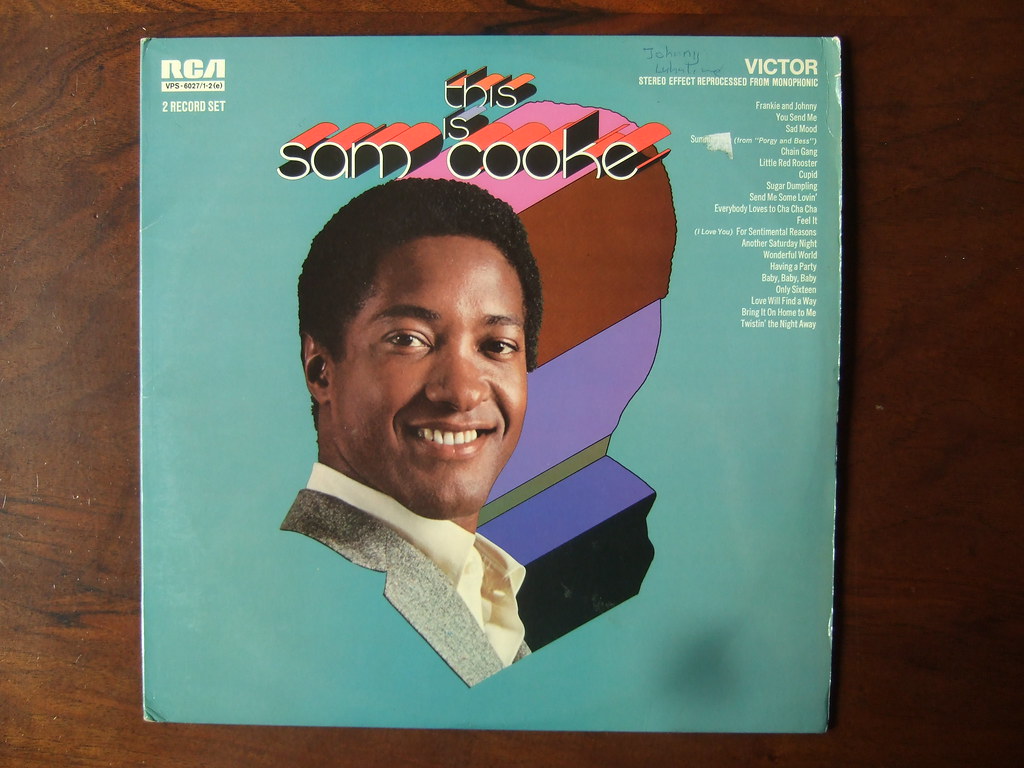
7. **Sam Cooke (1931-1964)**Born in Mississippi and raised in Chicago, Sam Cooke was an essential architect of soul music, a visionary artist who seamlessly bridged the worlds of gospel and pop, influencing generations of singers. He first rose to gospel stardom during the Fifties as a member of the Soul Stirrers, where his smooth, emotive tenor captivated audiences. His groundbreaking crossover into secular music came with the 1957 classic “You Send Me,” a track that soared to Number One and announced the arrival of a new, electrifying voice in popular music.
Following this initial success, Cooke delivered a string of hits that masterfully combined smooth enunciation and intimate phrasing with a bluesy drive and undeniable urban authenticity. He became a consistent Top 40 staple throughout the early Sixties, demonstrating a rare versatility and an innate understanding of popular appeal. His artistry lay in his ability to infuse popular songs with the deep emotional resonance of gospel, making them both accessible and profoundly moving.
Cooke’s career, however, was tragically cut short on December 11, 1964, when he was killed in Los Angeles in a still-contested incident. A hotel manager claimed she shot him in self-defense after an alleged altercation, and the coroner ruled it a justifiable homicide, though the circumstances remain murky. Just eleven days after his death, his greatest song, “A Change Is Gonna Come,” was released. This powerful track, based on his own experience of being turned away from a whites-only motel, became a Civil Rights anthem and one of the landmark records of the Sixties, showcasing his profound depth and social consciousness. Van Morrison, praising Cooke, noted, “He had the rare ability to do gospel the way it’s supposed to be – he made it real, clean, direct.” Cooke’s legacy as a soul pioneer and a voice of social change is truly immortal.

8. **Marc Bolan (1947-1977)**Marc Bolan, the English singer, songwriter, and guitarist, was a pivotal figure in shaping the glam rock movement, paving the way for artists like David Bowie. As the flamboyant frontman of T. Rex, Bolan revolutionized rock by fusing hard rock with glam, pop, and fantasy elements. His innovative sound and distinctive aesthetic, which resonated with a generation seeking artistic liberation, made T. Rex a sensation with albums like *Electric Warrior*.
Bolan’s artistry was defined by a vibrant, space-y sound and mystical lyrics, symbolizing a significant evolution in 1970s rock subculture. Producer Tony Visconti recognized Bolan’s innate talent, stating, “What I saw in [Marc] was raw talent. I saw a potential rock star in Marc, right from the minute, the hour I met him.” This star quality, combined with his gender-bending style, positioned him as a cultural icon defying conventional norms.
Despite his music career’s decline in the mid-Seventies, Bolan found a new platform hosting the 1977 series *Marc*. Here, he performed and introduced diverse musicians. Tragically, just a week after the final episode—which famously featured a duet with David Bowie—and two weeks before his 30th birthday, Bolan’s life was abruptly cut short when his wife, Gloria Jones, lost control of their vehicle in a fatal crash. His pioneering spirit left an indelible mark, altering the landscape of rock.

9. **Freddie Mercury (1946-1991)**Freddie Mercury, synonymous with unparalleled showmanship and vocal prowess, remains one of rock music’s greatest singers. As Queen’s iconic lead vocalist and pianist, Mercury possessed a legendary voice, effortlessly transitioning from a balladeer’s croon to a guttural snarl, as showcased in “Killer Queen.” His vocal range and dramatic flair captivated millions with a single note.
Beyond his vocal dexterity, Mercury infused hard rock with unprecedented theatricality. He encouraged Queen to embrace operatic vocals on “Bohemian Rhapsody” and infuse humor, as seen in the “I Want to Break Free” video. Queen’s music, under Mercury’s influence, consistently aimed for bombastic and grandiose compositions, culminating in anthems like “We Are the Champions.”
On stage, Mercury was a flamboyant and indefatigable presence, engaging tens of thousands to clap along to “We Will Rock You.” Gerard Way of My Chemical Romance praised his authenticity: “That was him telling the world, ‘This is who I am.’” Despite a private offstage life, he became an LGBT icon. In the early Nineties, he confirmed his AIDS diagnosis just two days before his death on November 24, 1991, from bronchial pneumonia. His legacy continues to inspire generations, from Lady Gaga to Metallica, proving his powerful vocals and timeless songs forever pushed rock’s boundaries.
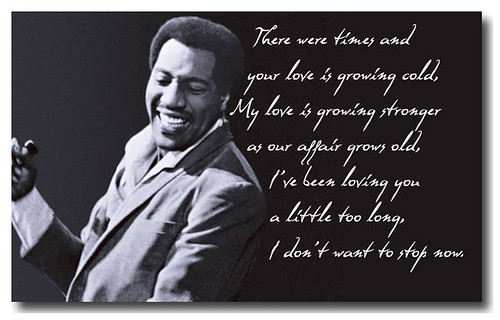
10. **Otis Redding (1941-1967)**Otis Redding’s name embodies the passionate heart of soul music, a force whose tragically brief career left an indelible mark on popular culture. His electrifying performance at the Monterey Pop Festival in June 1967 was a watershed moment, introducing soul music to an astonished white rock audience, breaking cultural barriers. This landmark event cemented his status as a boundary-breaking artist.
Just months after Monterey, on December 10, 1967, Redding’s life was cut short in a devastating plane crash near Madison, Wisconsin. He was nearing completion of his iconic track, “(Sittin’ On) the Dock of the Bay”—a “folk-soul” monument transforming his Monterey promise into one of the most powerful and enduring songs. This posthumous release captured a new, reflective phase of his artistry.
Redding had already established himself as a dynamic R&B presence with hits like “Try A Little Tenderness” and “Pain In My Heart.” His art, brimming with passion and possibility, was entering a transformative new phase, making his premature death heartbreaking. Steve Cropper of Booker T & the MGs noted, “Elvis was the King of rock. Otis was the king of soul. Had he lived, I think he would’ve been King of them all.” His profound influence on soul music and ability to bridge diverse audiences attest to his singular genius.
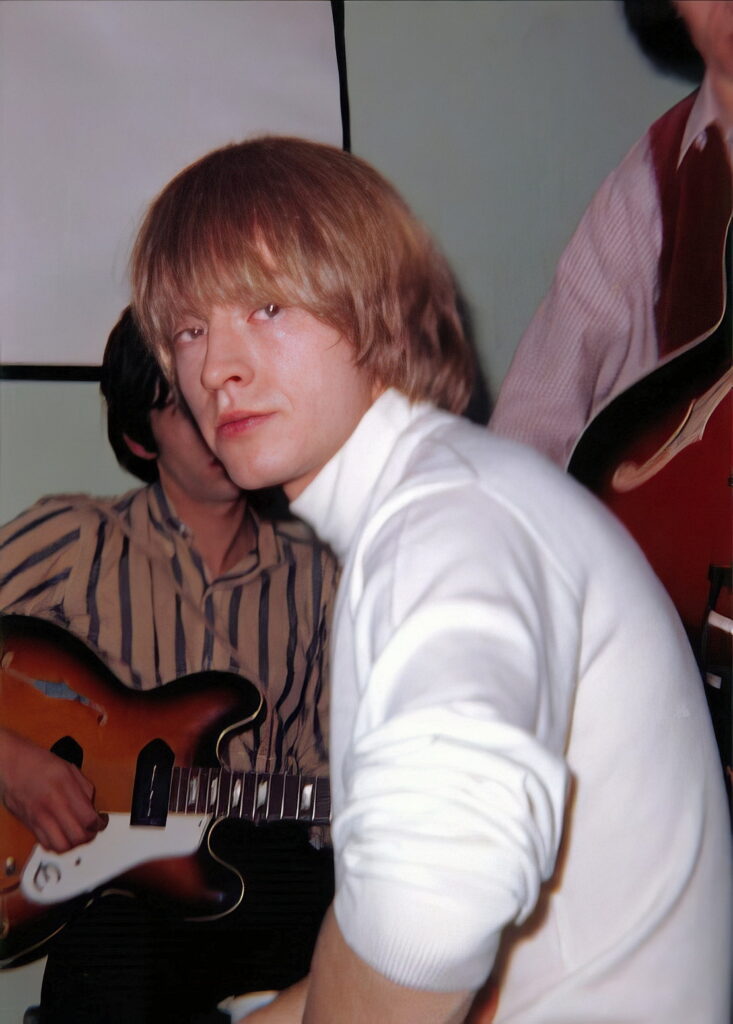
11. **Brian Jones (1942-1969)**Brian Jones, original guitarist for The Rolling Stones, holds a foundational place in the band’s history, without whom the iconic group might never have formed. He initiated the group’s creation, placing an ad in *Jazz News* in May 1962 and naming them after Muddy Waters’ “Rollin’ Stone Blues,” showcasing his deep reverence for American R&B, which shaped their early sound.
His love for American rhythm and blues defined the Stones’ initial musical direction, providing an authentic blues-rock sensibility. However, as Mick Jagger and Keith Richards formed their songwriting partnership, and the band transitioned to original material, Jones’s influence waned. This, combined with a growing drug addiction, rendered him increasingly unreliable.
The group regrettably sacked him in summer 1969. Weeks later, tragedy struck when Jones was discovered at the bottom of his swimming pool in Sussex, England, at 27. While some suspected foul play, evidence supported the coroner’s report of “death by misadventure.” Mick Jagger acknowledged his early impact: “He had a huge contribution in the early days… He killed himself, but he should’ve been playing trad-jazz weekends and teaching in school; he probably would have been better off.” Jones’s early vision laid essential groundwork for one of rock’s most enduring acts.

12. **Jim Morrison (1943-1971)**Jim Morrison, the enigmatic “Lizard King” and frontman of The Doors, became the captivating face and poetic voice of psychedelic rock. His erratic outbursts and electrifying performances were integral to The Doors’ appeal, as he wove tales of desert trips and Greek mythology into his lyrics with unique humor and abandon, defining an era.
Morrison embraced the “hard and fast” lifestyle often celebrated in his songs, but alcohol became his primary and destructive vice. By 1969, his addiction visibly impacted his appearance, and concert outbursts grew unhinged, leading to an arrest for indecent exposure. This signaled a spiraling decline.
In 1971, Morrison moved to Paris with girlfriend Pamela Courson, who tragically found him dead in their bathtub. Though no autopsy was performed, his official cause of death at 27 was heart failure. Doors bandmate Robby Krieger told *Rolling Stone*, “He would’ve never stopped making music. He was going to Paris to take a rest from it all, mainly the trial and all the hoopla.” Morrison’s early death solidified his place in the “27 Club,” leaving extraordinary work resonating with raw emotion and poetic depth.
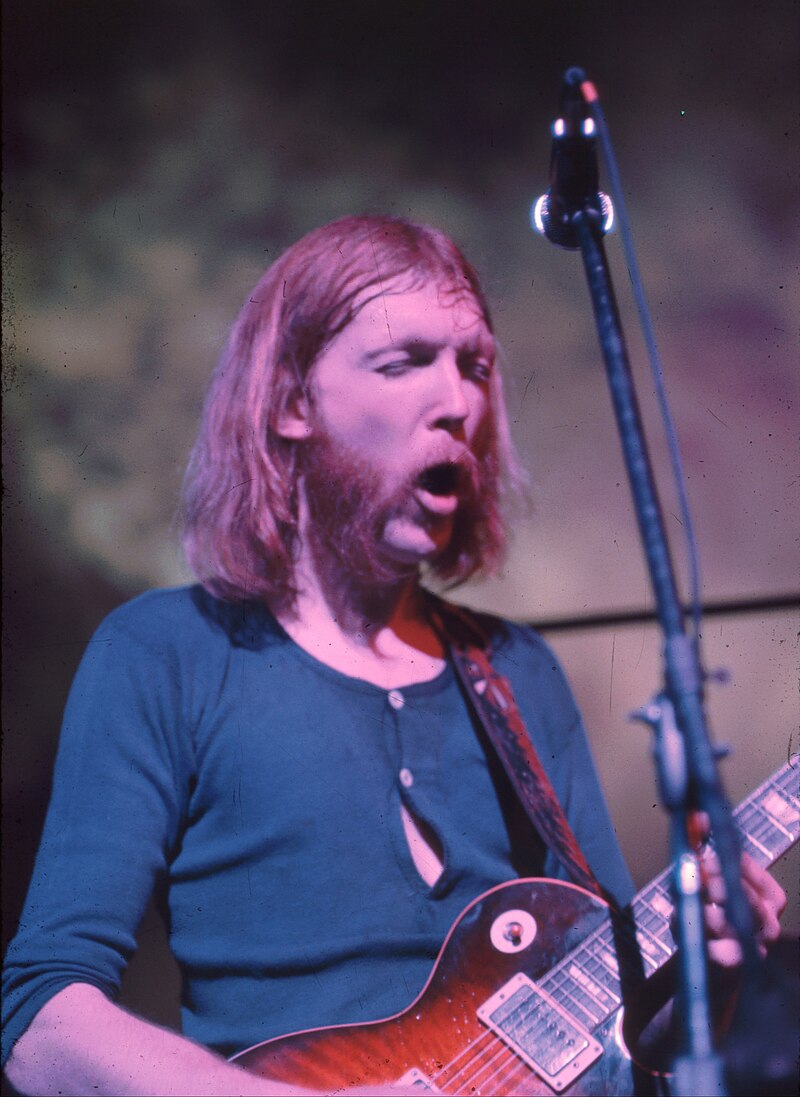
13. **Duane Allman (1946-1971)**Duane Allman, virtuosic guitarist and co-founder of The Allman Brothers Band, was a primal force in American rock, profoundly influencing Southern rock. In October 1971, he and his band had much to celebrate; *At Fillmore East* had cemented their reputation, and Allman was finishing their next album, *Eat a Peach*.
Tragedy struck with brutal force when Allman, riding his Harley near Macon, Georgia, swerved to avoid a truck. Thrown from his bike, he died from massive internal injuries after the motorcycle landed on him, despite wearing a helmet. His premature death at just 24 ended a burgeoning career, but not before he lived several intensely creative lives, leaving a profound musical legacy.
Allman’s journey saw him playing with his brother Gregg, contributing “bee-sting” slide guitar to Aretha Franklin and Wilson Pickett, and becoming a driving force in The Allman Brothers, masterfully intermingling blues, country, jazz, and rock. Eric Clapton praised him as “a clean, concise but wild-eyed player.” Allman’s fluid parts in “Blue Sky” and “Little Martha” hinted at an even richer musical future tragically unrealized. His brother Gregg mourned, “He was so intelligent. It would be amazing to see what he was into today.”
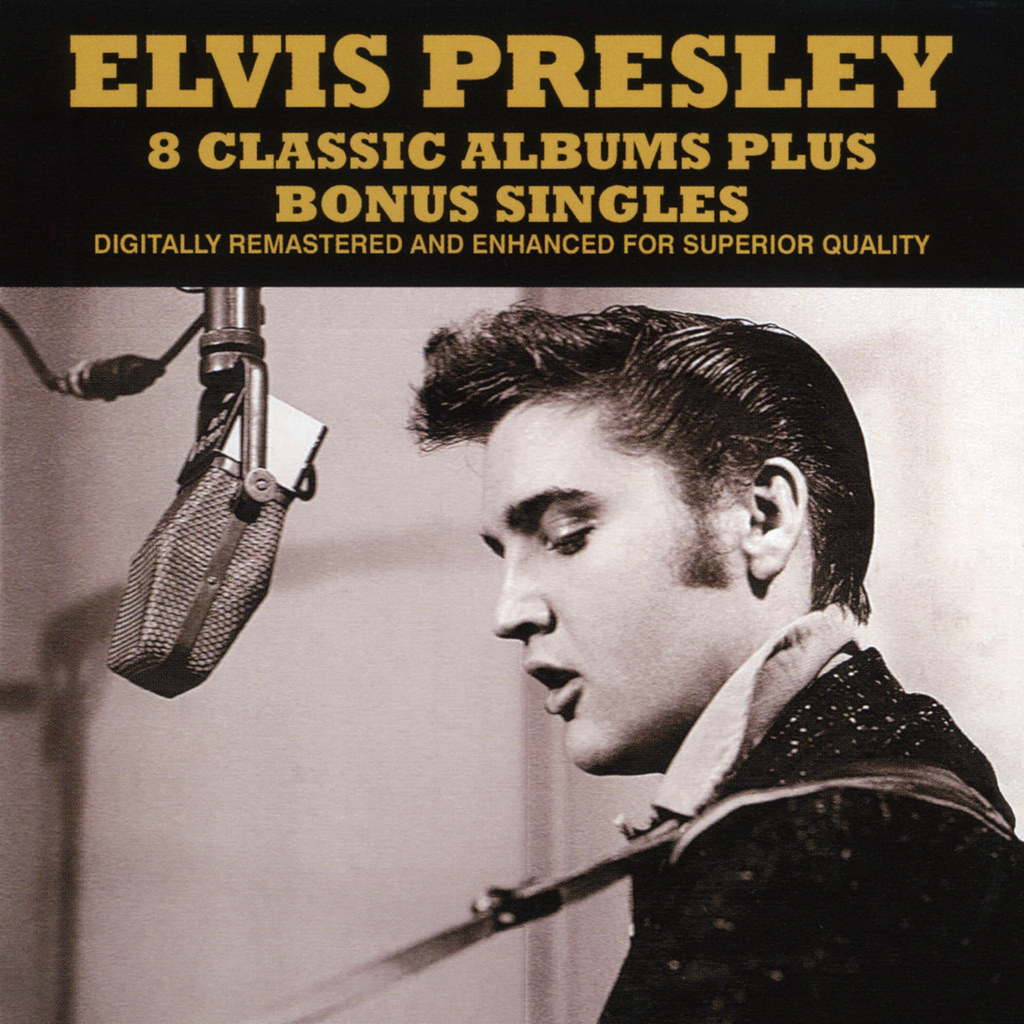
14. **Elvis Presley (1935-1977)**Elvis Presley, the “King of Rock & Roll,” captivated a nation with his easygoing demeanor, good looks, and golden voice, becoming early rock & roll’s quintessential success story. From the mid-Fifties, his electrifying hip-swiveling performances and Number One records like “Hound Dog” irrevocably shook up teenagers. Presley’s versatility allowed him to effortlessly traverse country, rock & roll, and gospel.
His career endured a two-year hiatus for Army service in 1958, which didn’t stifle momentum thanks to pre-recorded hits and a 1960 TV appearance with Frank Sinatra. After making movies in the Sixties, he re-established himself with his triumphant “’68 Comeback” special, leading to Las Vegas residencies and a Number One hit with “Suspicious Minds,” showcasing his enduring appeal.
The Seventies brought tragic personal decline: divorce from Priscilla, weight gain, and increasing reliance on barbiturates and amphetamines. Bono noted the “incredible pathos” of his Vegas period, where “Elvis was clearly not in control.” Elvis was found dead in his Graceland bathroom on August 16, 1977, at 42. Officially attributed to heart disease, drug use is widely believed to have contributed. His legacy has swelled since, inspiring impersonators and generating new Number One hits, proving he will forever remain the King.
The stories of these fourteen music legends, tragically taken from us too soon, serve as powerful reminders of their monumental impact and the enduring power of their art. Each, in their unique way, pushed the boundaries of sound, style, and cultural expression, leaving behind a discography that continues to shape and inspire. Their music transcends time, resonating with new generations and demonstrating that true legends, even in their absence, remain vibrantly alive through the timeless echoes of their melodies and the profound legacies they meticulously crafted. Their light may have dimmed prematurely, but their music burns eternally bright in the hearts of fans worldwide.



